7 Ways to Add Mediterranean Elegance to Your Home
http://decor-ideas.org 08/17/2013 20:30 Decor Ideas
The romantic feel of Mediterranean style evokes images of seaside dwellings, sparkling turquoise waters, sun-drenched days and vibrant sunsets. The region's easy elegance is reflected through its stunning homes. This style relies on casual, rustic textures and finishes in classic European lines and forms to reflect the local landscape. Low-maintenance materials, earthy but bold colors, wrought iron accents and plenty of natural light emphasize the low-key luxe that the Mediterranean is known for.
Craving the same classic and casual style? Add Mediterranean elegance to your home by focusing on these seven key elements.
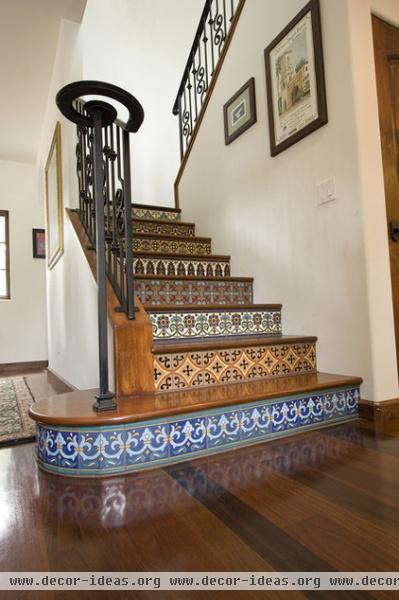
1. Color. The colors of Mediterranean design can be both vibrant and earthy. Bold jewel tones, such as aubergine, emerald green, lapis blue and sunflower yellow, are set against earth-toned backdrops to reflect the region's natural hues.
Get this look: If you're a little hesitant to cover your walls in intense color, focus on accents. Classic Mediterranean homes have light, earthy walls with artwork, textiles and materials in bright colors. Paint a canvas in a bold color or frame out your favorite textiles for touches of jewel-toned brilliance.
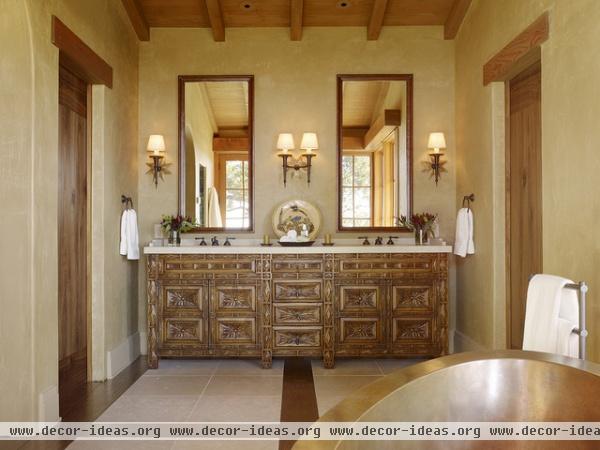
2. Wall texture. Textured, plastered walls are commonplace in traditional Mediterranean homes. Finishes can range from smooth and refined (like Venetian plaster) to highly textured and rough.
Get this look: Raised textures can be a challenging to achieve on your own, and may need an experienced hand. However, if you’re open to a little trial and error, you can mimic the look of raised texture by adding sand or coffee grounds to paint for finished walls.
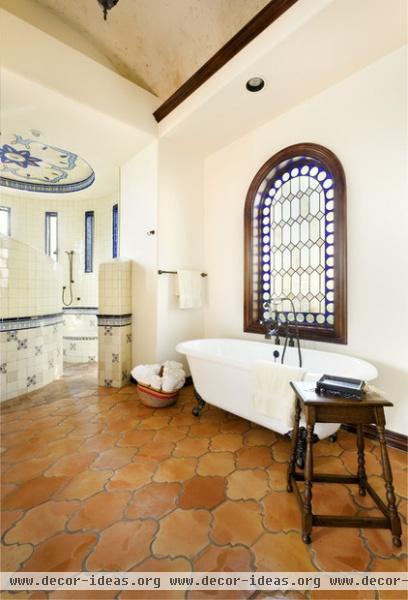
3. Flooring. Tiled floors dominated the classic Mediterranean home, appreciated for their low maintenance, durability and cool temperature. Terra cotta was most commonly used, although limestone and marble were used occasionally in more high-end homes. Hand-painted tiles added color as field or border tiles in these classic interiors.
Get this look: Try adding some hand-painted or terra cotta border tiles around your room’s perimeter, up a flight of stairs or framed on a wall. On a budget? A few tiles in an entryway or along an outdoor path can make a surprising impact for little cost.
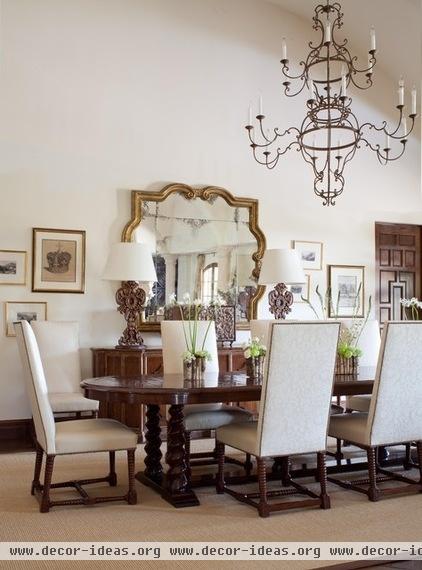
4. Furnishings. The furnishings for this design style were often large, sturdy, rustic and hand-carved. Upholstered pieces often had leather or tapestry alongside the exposed and wood-carved elements.
Get this look: Look for pieces that have an aged or rustic quality in a classic European form. If larger furniture pieces are out of your budget, try a few small accent pieces — like an entry table or side chair. Rustic wood mirrors, carved boxes or small stools can help achieve the look, too.
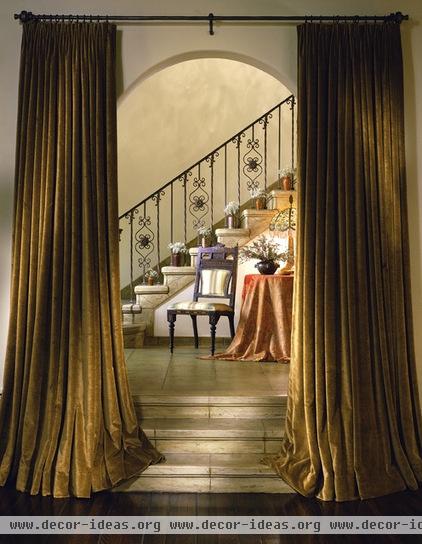
5. Fabrics. Cotton, wool and silk textiles adorned every room of a Mediterranean home. Elegant drapes, pillows and rugs were sometimes made with heavier wovens to mimic the look of tapestry.
Get this look: Purchase a few yards of a heavy, printed tapestry-inspired fabric to hang on your wall. This simple project just requires a sewn pocket hem on the top side of the fabric to suspend it from a wrought iron curtain rod.
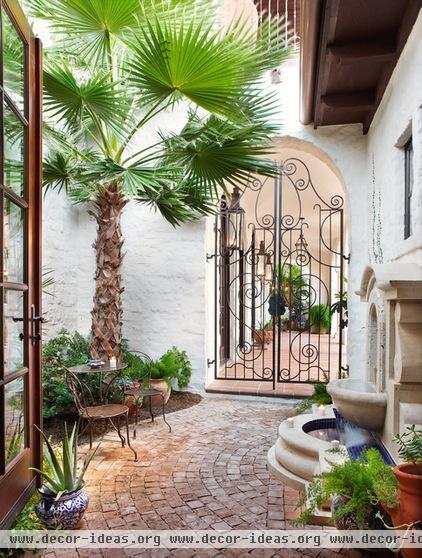
6. Iron. Wrought iron can be used as a simple accessory such as on a lamp base, candelabra or chandelier, or in larger architectural elements. Elaborate scrollwork was often used, but today, more modern interpretations can add personality to a space.
Get this look: Iron hardware is a much more affordable way to integrate this material into your home. Look for iron doorknobs, cabinet pulls and hinges in classic Mediterranean designs. If your budget is super tight, you could try picking up spray paint in a wrought iron finish to spray out your existing pieces.
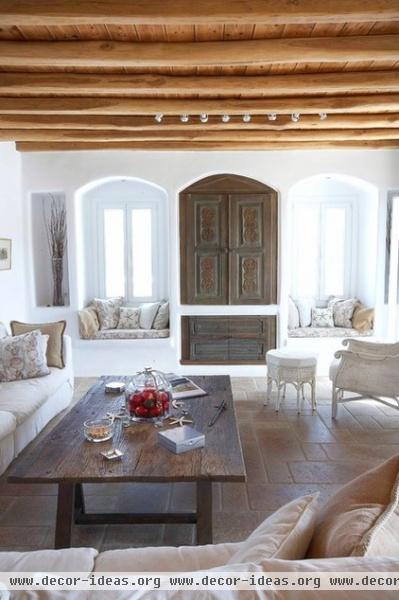
7. Light and bright. Mediterranean homes always embrace the area's plentiful, natural light. These homes wouldn't be complete without plenty of large windows, breezy window treatments and a constant sea breeze.
Get this look: Use lighter paint hues, glossy finishes and mirrors to reflect the light you have in your home. Switch out heavy curtains with sheers or take your draperies higher up and further out on either side of your window. This allows the maximum amount of light to penetrate your home while camouflaging a window's small size.
More: Roots of Style: Many Cultures Make Their Marks on Mediterranean Design
Related Articles Recommended












